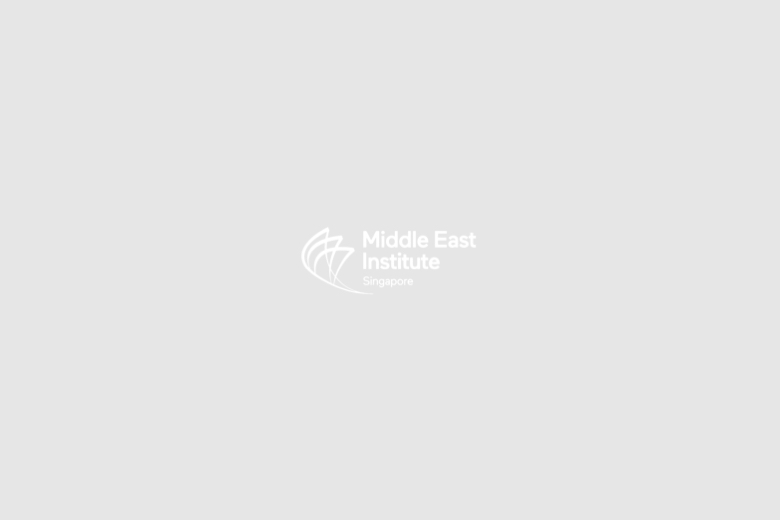The “youth bulge” in Gulf Cooperation Council countries, often characterised as a demographic dividend, nevertheless poses a number of challenges for them in areas ranging from education to employment to national security. The Arab Spring unrest, which was led by youth, exemplifies these challenges: Economic grievances, including unemployment, were at the core of the uprising. In Creative Insecurity: Institutional Inertia and Youth Potential in the GCC, political economist Dania Thafer argues that addressing issues affecting the youth will be critical to the political and economic stability of the Gulf states.
In relating the problem, Thafer introduces the concept of “creative insecurity”. She argues that the Gulf states’ institutional designs suppress opportunities for innovation by failing to tap on the talent of their youth majorities. Applying the methodological approach of comparative case study analyses of Qatar, Kuwait and Bahrain, Thafer shows that states which experience a high level of dominance from business elites are poorly prepared to tackle the challenges of the future. Qatar, she notes, combines a strong level of state-led capitalism with relatively low competition from business elites, allowing it to push through reforms necessary to forge innovation. Kuwait, on the other hand, falls at the other end of the spectrum, while Bahrain straddles the middle.
This conclusion might be surprising to most: State-led capitalism, after all, has drawn mixed reviews from many economists, who usually associate it with a lower level of competition, and artificial support for uncompetitive businesses. The problems faced by Chinese property developers over the past year or so are a poster boy for such criticisms. Thafer argues that where business leaders dominate, the government has less freedom to push through plans for encouraging innovation and competition. This defies the conventional wisdom that Gulf governments have near-complete autonomy and control. Instead, she writes, the opposite is true: In GCC countries, the private sector is usually controlled by a few elite families, or by government itself. To protect their own interests, this small circle acts to block competition, in three main ways: Fighting against higher taxes and fees, pushing to keep informal systems that benefit them, such as kafala, and finding ways to avoid fair competition when bidding for government contracts. For instance, business elites who are founding members of state institutions protect rent-seeking opportunities, such as white elephant infrastructure financed with public funds, which are mostly contracted out to them. The net effect of this is to limit opportunities for others, particularly young talent.
In states with stronger institutional control, Thafer writes, the opposite is true. Governments that dominate the business elite are in a better position to innovate for the future, she says, using the examples of the United Arab Emirates and Saudi Arabia, which are moving ahead in their transformation efforts.
Finally, the book concludes with policymaking strategies that can be used to tap the GCC’s demographic dividend. While relevant, her suggestions are not particularly innovative, as they concern sectors that have long been considered weaknesses in the Gulf — such as education, and the lopsided power of informal systems — while borrowing from tried and trusted playbooks. On education, for example, she argues vocational training is central to an innovation-led economy, as it offers business training opportunities, and provides fertile ground for the launch of the start-up incubators and accelerators, an approach that has borne dividends elsewhere, including Singapore. Similarly, her call to reconfigure informal institutions, such as wasta, is not new: It echoes previous criticisms of such systems.
While the book is not necessarily innovative in analysing the private sector and institutional weaknesses in the Gulf, it is still valuable as it sheds light on the under-reported links between innovation, the youth dividend, and national security.
Image: Dania Thafer





